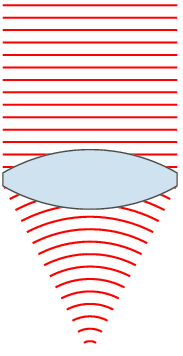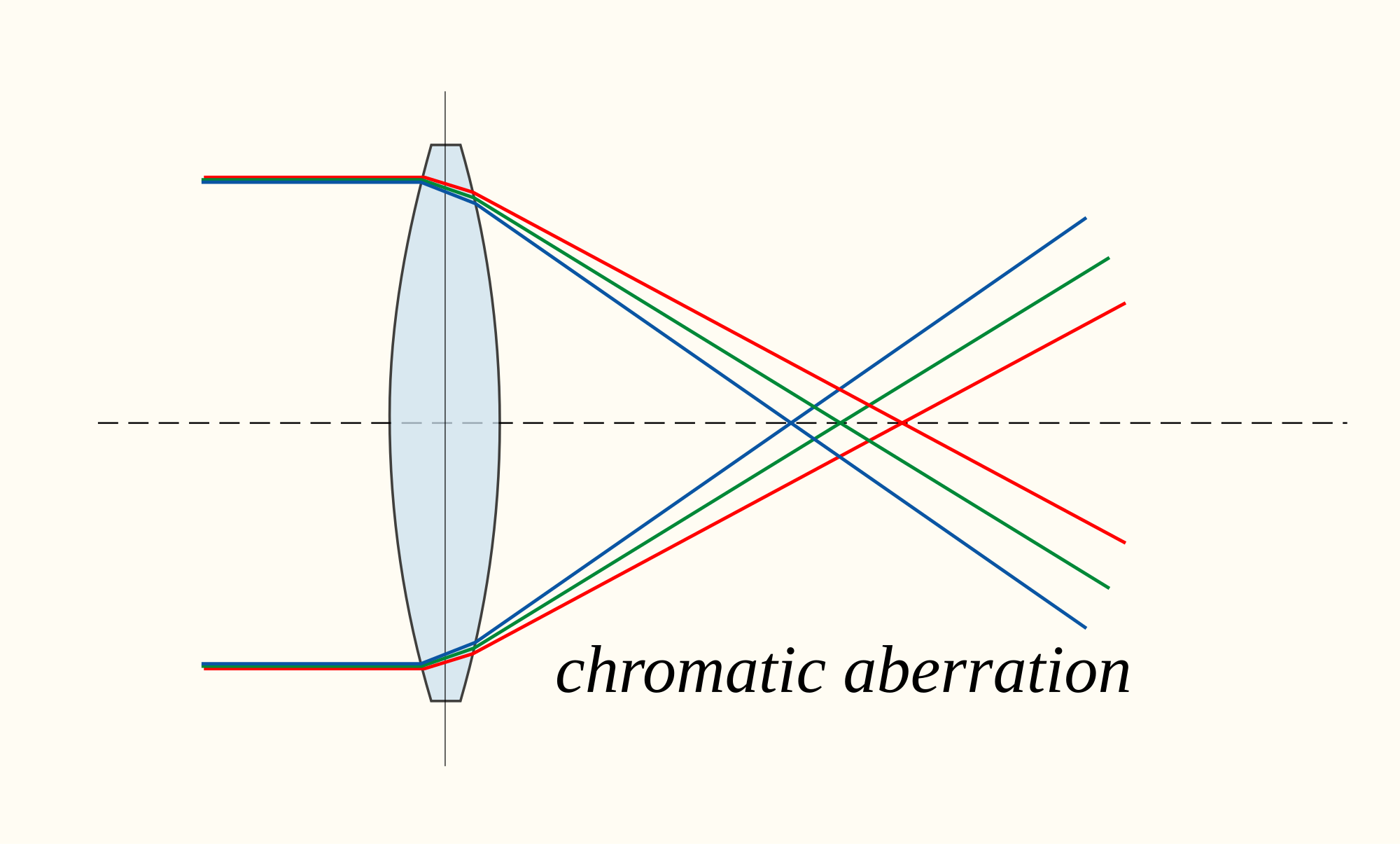My original idea was to research all different kinds of lenses ranging from the human eye to telescopes. However, after doing some basic research, I realized that learning about such a large spectrum would limit how in-depth my research would be.
Instead, I have decided to focus (heh) on the lens of the human eye in terms of its mechanics and how it can be adjusted (i.e., eyeglasses and contact lenses).
I will strive to answer the questions that I proposed in my
first post:
- How do the lenses in our eyes change shape to maintain focus?
-
What do the numbers in eye prescriptions mean?
So far, I have only been able to do some research on the basic concepts behind lenses and the lenses in a human eye:
- Lenses focus rays of light because light travels more slowly in the lens than in the air, which allows the light the "bend" and focus.
 |
| animation showing the basic idea behind lenses |
- The focal point or principal focus (represented by "F") is where the light beams converge.
- The focal length (represented by "f") is the distance from the center of the lens to the focal point.
 |
| graphic showing the focal point (F) and focal length (f) |
- Often, multiple lenses are used in more precise equipment such as cameras and microscopes to correct for aberrations. Aberration is a term used for when a patch of light is produced instead of a single point.
- The line that runs through the centers of these lenses is known as the principal axis.
 |
| graphic demonstrating a kind of aberration |
 |
| picture of chromatic aberration |
- The human eye is able to focus through tightening/relaxing of the ciliary muscle. This muscle stretches and compresses the lens within the eye, which will bend light differently depending on the shape, which allows the eye to focus.
 |
| graphic showing how the eye focuses |
The two best sources I have found so far are the
Encyclopedia Britannica article on optical lenses and a page on
"Accommodation" of the human eye on HyperPhysics by Georgia State University.
My questions to answer for next time are:
- What do the numbers in eye prescriptions mean?
- Why do some of us require corrective lenses (i.e., why do we need glasses/contacts?)
- How do corrective lenses work with the human eye?



